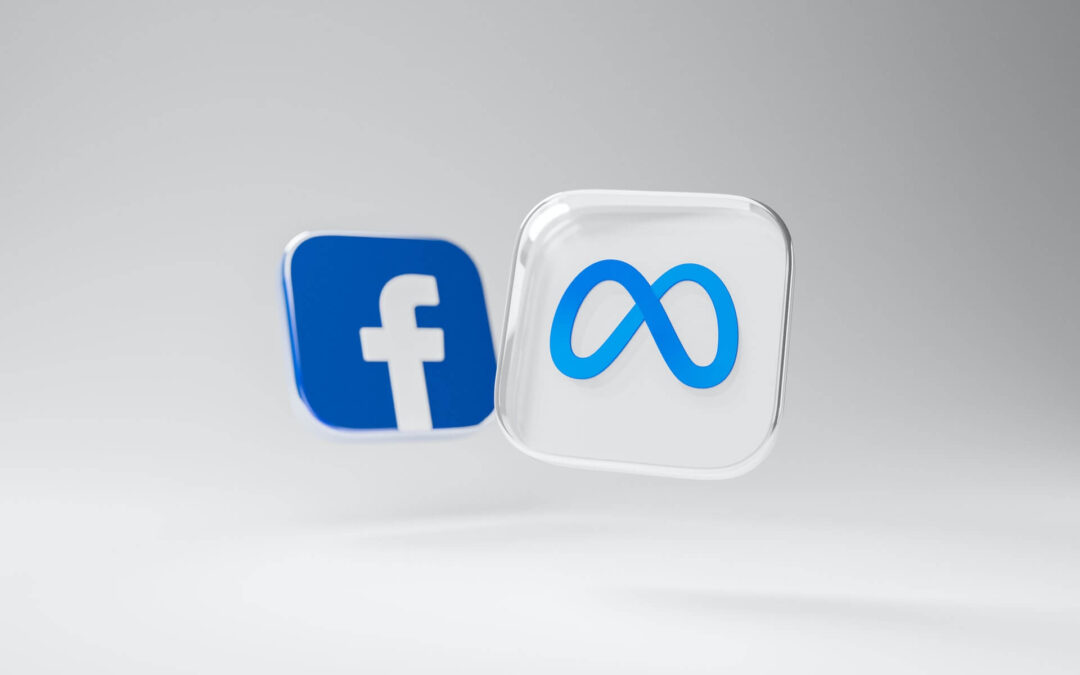When it comes to trading, preparation is everything.
If you don’t go into the day with a plan, you’re already behind. That’s why I start my day early and stick to a routine that keeps me sharp and focused.
Let me walk you through it.
My Morning Routine: Starting Early with Coffee and Markets
I’m usually up around 5:15 AM. First thing, I grab my coffee and turn on Bloomberg.
Now, I’m not watching it for the talking heads — I’m there for the ticker at the bottom of the screen. It’s the fastest way to see what happened overnight in Europe and Asia.
Why do I care about that? Because those markets often set the tone for the U.S. open.
If you don’t have Bloomberg, no worries. CNBC, Reuters, or even financial news websites can give you a quick overview of global markets.
The key is to get a feel for how things are shaping up before the U.S. session begins.
What Data I Focus On Each Day
Economic reports are a big part of my morning prep.
These are more than just numbers. I look at them as the heartbeat of the market.
Here are a few I watch closely:
- Oil Inventories: The EIA report comes out each Wednesday at 10:30 a.m. Eastern and tells me whether crude oil inventories are up or down. A draw means we’re burning through oil faster than we’re producing it, which can push prices higher. A surplus does the opposite.
- Agricultural Reports: For commodities like corn or soybeans, I’ll check USDA updates like the Crop Progress Report and the World Ag Supply release. These give you a sense of supply and demand trends.
- Economic Events Calendar: I rely on Investing.com to keep tabs on key reports like CPI (Consumer Price Index), Non-Farm Payrolls, and GDP (Gross Domestic Product). It’s free, easy to use, and shows you what’s coming up and how big of an impact it might have.
For folks who are new to trading, don’t worry about reading every report cover to cover. Stick to the highlights — executive summaries or key numbers — and focus on what matters to your trades.
Why Today’s Data Beats Yesterday’s News
Here’s a big thing: I care about what’s happening now, not what happened yesterday.
When I look at numbers, I’m checking how they compare to today’s open, not yesterday’s close. For me, the open — and how the day develops from there — tells you who’s in charge, buyers or sellers.
Why does this matter? Let’s say crude oil inventories show a big draw, but yesterday’s close already priced in the news.
What’s important now is how traders react at the open. Are they pushing prices higher or hitting the sell button?
That’s what helps me decide what to do next.
Putting It All Together: My Playbook for the Day
Once I’ve got my data and a feel for the market, I take a look at key price levels for the day.
For example, I’ll check where gold, silver, and crude oil are trading compared to their week-to-date and month-to-date performance.
These levels give me a roadmap for what to watch during the session.
The bottom line? Preparation isn’t about predicting the future — it’s about knowing what to focus and noticing how things are developing on so you’re ready for whatever the market throws your way.
Stick to your routine, pay attention to the data that matters, and ignore the noise.
That’s how I do it.
— Geof Smith
P.S. Ignoring the noise and focusing on data is exactly how I’m trading this recent dip in gold. See what I mean here.



